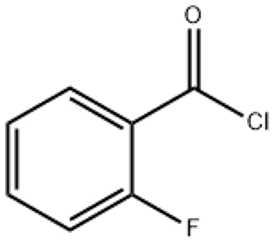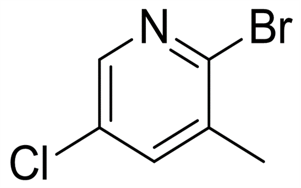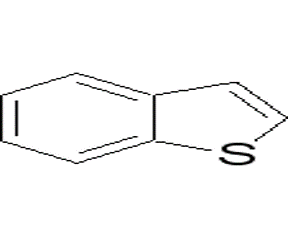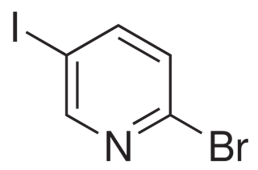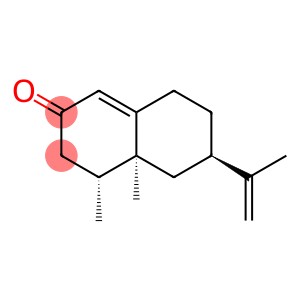2-Fluorobenzoyl chloride(CAS# 393-52-2)
| Hazard Symbols | C – Corrosive |
| Risk Codes | R34 – Causes burns R37 – Irritating to the respiratory system R36/37 – Irritating to eyes and respiratory system. R14 – Reacts violently with water |
| Safety Description | S26 – In case of contact with eyes, rinse immediately with plenty of water and seek medical advice. S36/37/39 – Wear suitable protective clothing, gloves and eye/face protection. S45 – In case of accident or if you feel unwell, seek medical advice immediately (show the label whenever possible.) S28A - S27 – Take off immediately all contaminated clothing. |
| UN IDs | UN 3265 8/PG 2 |
| WGK Germany | 3 |
| RTECS | DM6640000 |
| FLUKA BRAND F CODES | 10-19-21 |
| TSCA | Yes |
| HS Code | 29163900 |
| Hazard Note | Corrosive/Lachrymatory |
| Hazard Class | 8 |
| Packing Group | II |
Introduction
O-fluorobenzoyl chloride, with the chemical formula C7H4ClFO, is an organic compound. The following is an introduction to the properties, uses, preparation methods and safety information of o-fluorobenzoyl chloride:
1. Nature:
- Appearance: O-fluorobenzoyl chloride is a colorless to light yellow liquid.
- Fragrance: Has a special pungent odor.
- Density: 1.328 g/mL at 25 °C (lit.)
- Melting and boiling points: 4 °C (lit.) and 90-92 °C/15 mmHg (lit.)
- Solubility: It can be dissolved in many organic solvents, such as ethanol, ether, acetone, etc.
2. Usage:
- O-fluorobenzoyl chloride is a commonly used reagent in organic synthesis for the synthesis of ketones and alcohol compounds.
- Can be used as a fungicide and preservative.
3. Method:
The preparation method of o-fluorobenzoyl chloride is generally the reaction of o-fluorobenzoic acid with thionyl chloride:
C6H4FO2OH + SOCl2 → C6H4FOCl + SO2 + HCl
4. Safety Information:
- O-fluorobenzoyl chloride is a pungent odorous chemical and should be avoided by inhaling its gas.
- Wear protective gloves, goggles, and gown when using or handling o-fluorobenzoyl chloride.
- Avoid skin contact and swallowing. In case of accidental contact, rinse immediately with plenty of water and seek medical advice if necessary.
- Keep the container tightly closed away from fire and heat sources when storing to prevent volatilization and leakage.
Follow proper laboratory practices and safety measures when handling or using the compound and refer to the safety data sheet of the product or chemical.


